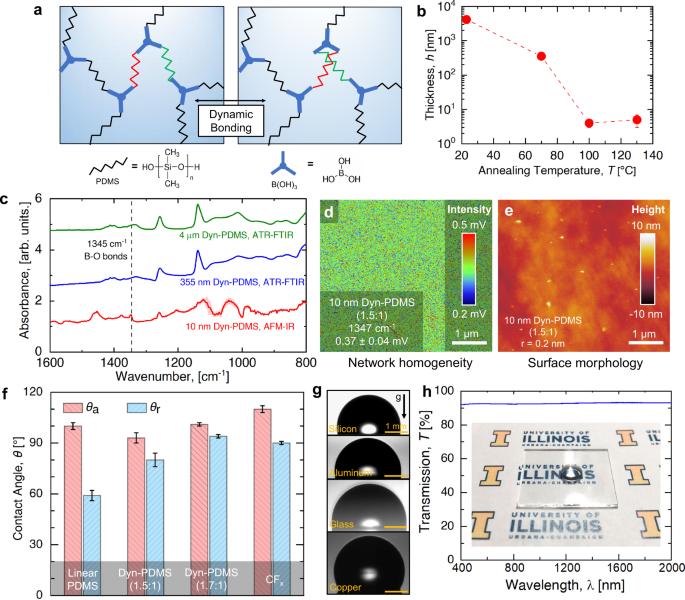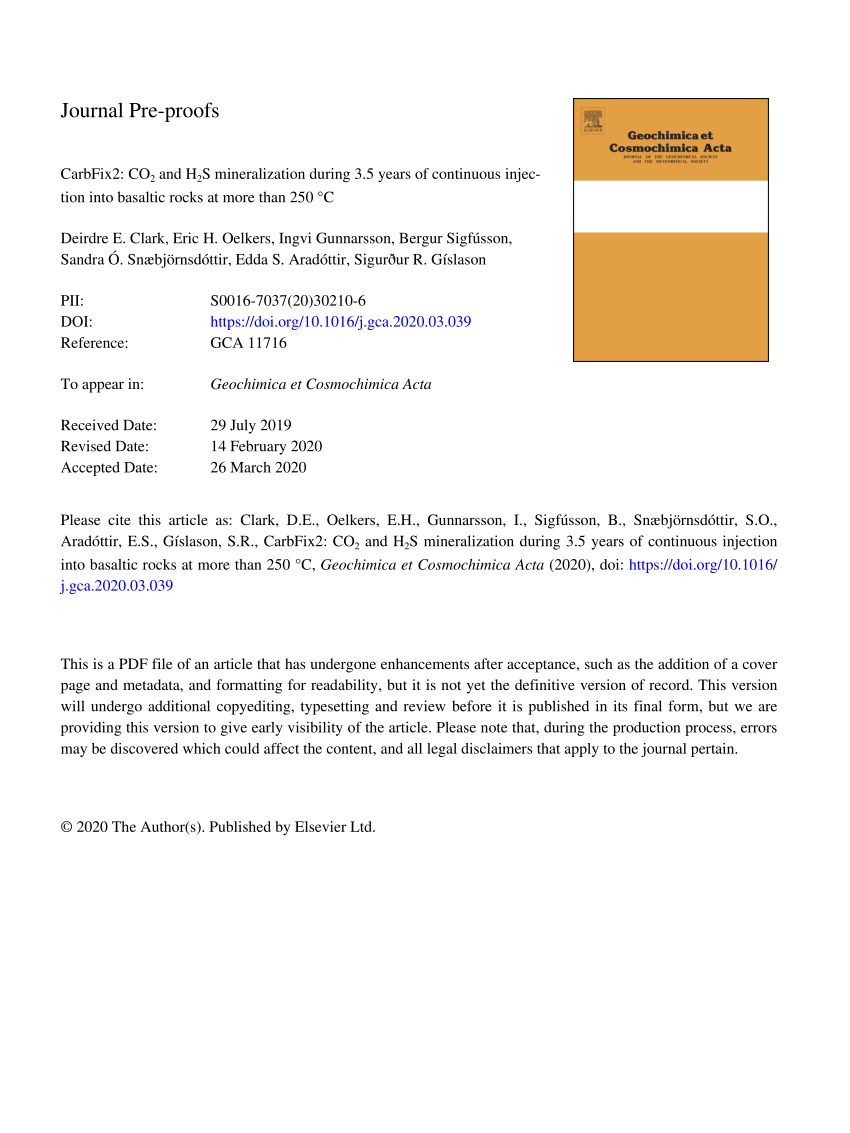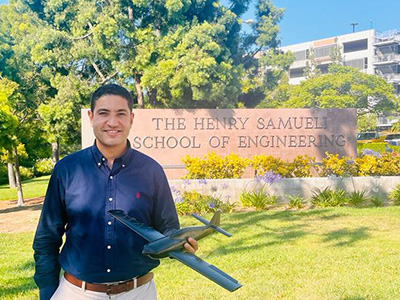Scientists Discovered A 2D Material That Is 10X Tougher Than Graphene
Hexagonal boron nitride (h-BN) is officially the iron man of two-dimensional materials. It’s so resistant to cracking that it defies a century-old fundamental theoretical description of fracture mechanics that engineers still use to predict and measure toughness.h-BN has remarkably similar physical properties to graphene, but it’s so resistant to cracking that it significantly surpasses graphene in toughness.
Jun Lou, a materials scientist at Rice University and co-corresponding author of the study, said:
Both h-BN and graphene consist of hexagonal lattices of atoms. However, graphene’s hexagons are all carbon atoms, while h-BN’s are three nitrogen and three boron atoms. Here’s where things get interesting. It’s expected that graphene would be much more robust than h-BN because carbon-carbon bonds are among the strongest in nature.What we observed in this material is remarkable. Nobody expected to see this in 2D materials. That’s why it’s so exciting.
And it essentially is since both materials have nearly equal values for elasticity and strength – but graphene’s values are slightly higher. Graphene has a strength of about 1.0 terapascals for elasticity and 130 gigapascals for strength; h-BN’s values are 0.8 terapascals and 100 gigapascals, respectively.
But graphene’s performance can go from extraordinary to mediocre if even a few atoms are out of place. And since no material is defect-free in the real world, the chances of this are higher than not. That’s why graphene has a low resistance to cracks, meaning it very brittle.
Lou explained:
Meanwhile, when the researchers tested h-BN’s fracture resistance, they found it to be ten times higher than that of graphene’s. Its behavior in fracture tests was so unforeseen that it defied description with Griffith’s formula.We measured the fracture toughness of graphene seven years ago, and it’s not very resistant to fracture. If you have a crack in the lattice, a small load will break that material.
Huajian Gao, a mechanician at Nanyang Technological University in Singapore, said:
It took Lou’s lab over 1,000 hours of experiments to show precisely how h-BN behaved and why.What makes this work so exciting is that it unveils an intrinsic toughening mechanism in a supposedly perfectly brittle material. Even Griffith couldn’t foresee such drastically different fracture behaviors in two brittle materials with similar atomic structures.
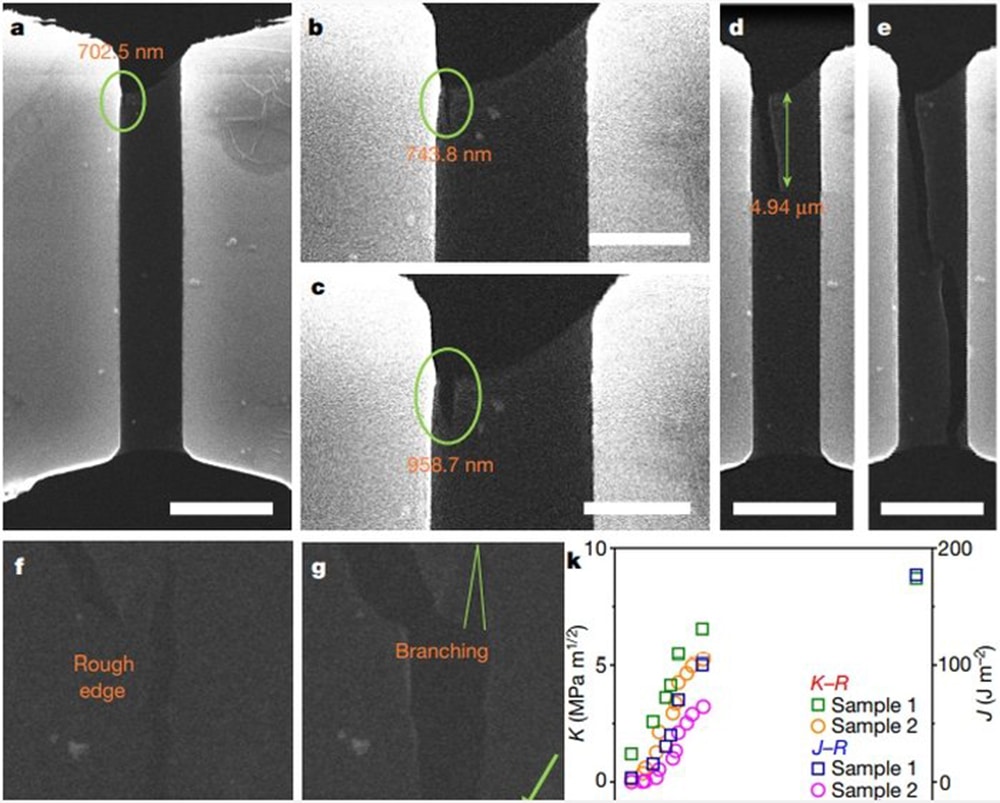
“A scanning electron microscope image shows branched cracks in a single crystal of 2D hexagonal boron nitride (h-BN). Experiments and computational modeling by Rice University and Nanyang Technological University showed h-BN lattice asymmetry allows cracks to follow branching paths, which effectively toughens the 2D material by making it more difficult for cracks to propagate.” Credit: J. Lou/Rice University)
They found that h-BN has a slight asymmetry in its hexagonal structure because of the contrast in stress between the nitrogen and the boron, meaning cracks tend to bifurcate. So, breaks tend to branch and turn. On the other hand, graphene has a symmetrical hexagonal structure, so cracks tend to zig-zag straight through from top to bottom. So, cracks open bonds like a zipper.
Lou said:
Gao added:Boron and nitrogen are not the same, so even though you have this hexagon, it is not exactly like the carbon hexagon (in graphene) because of this asymmetric arrangement.
If the crack is branched, that means it is turning. If you have this turning crack, it costs additional energy to drive the crack further. So, you’ve effectively toughened your material by making it much harder for the crack to propagate.
This discovery marks h-BN as an ideal candidate material for developing flexible 2D materials for electronics and other applications. And h-BN is also heat resistant, chemically stable. It possesses dielectric properties (allowing it to serve as an insulating layer between and a supporting base for electronic components) – all the properties of a material suitable for electronics.The intrinsic lattice asymmetry endows h-BN with a permanent tendency for a moving crack to branch off its path, like a skier who has lost her or his ability to maintain a balanced posture to move straight forward.
Lou said:
Potential uses for h-BN include technologies like stick-on electronic tattoos, electronic textiles, and implants.The niche area for 2D material-based electronics is the flexible device. For this type of configuration, you need to ensure the material itself is mechanically robust when you bend it around. That h-BN is so fracture-resistant is great news for the 2D electronic community because it can use this material as a very effective protective layer.
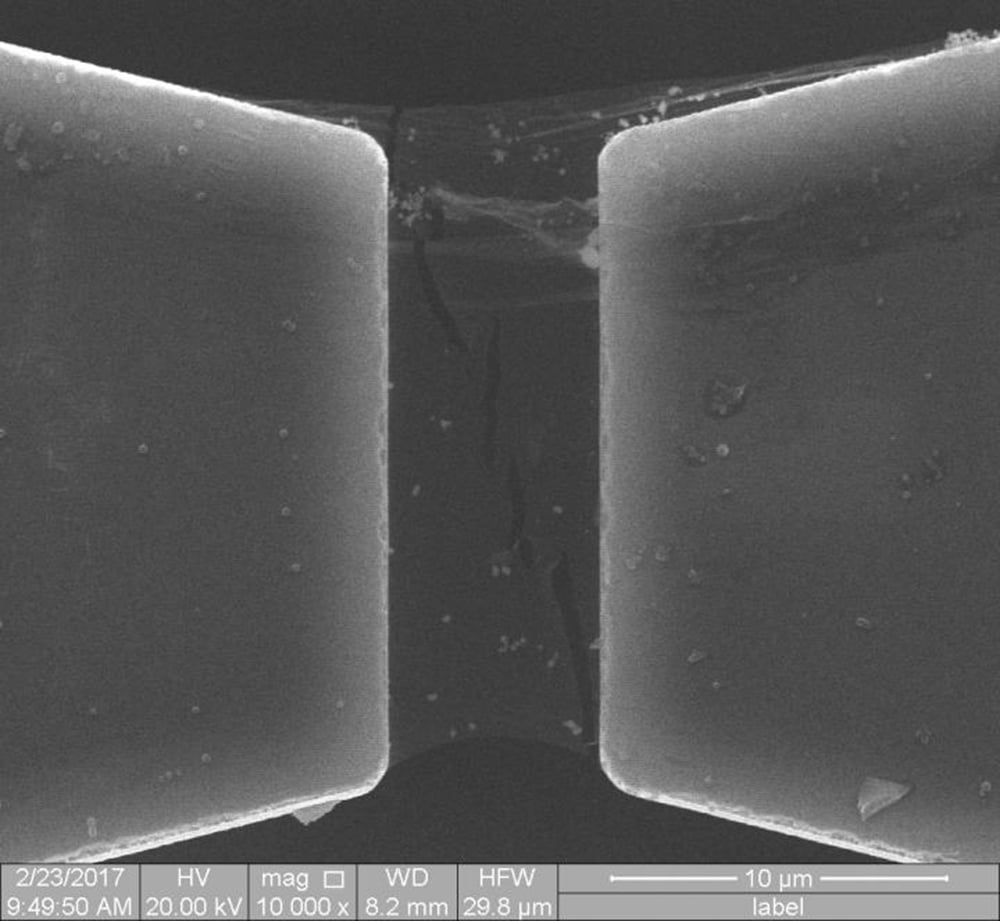
Scientists Discovered A 2D Material That Is 10X Tougher Than Graphene
Hexagonal boron nitride (h-BN) is officially the iron man of two-dimensional materials, beating graphene in toughness by 10 times.
 www.intelligentliving.co
www.intelligentliving.co




